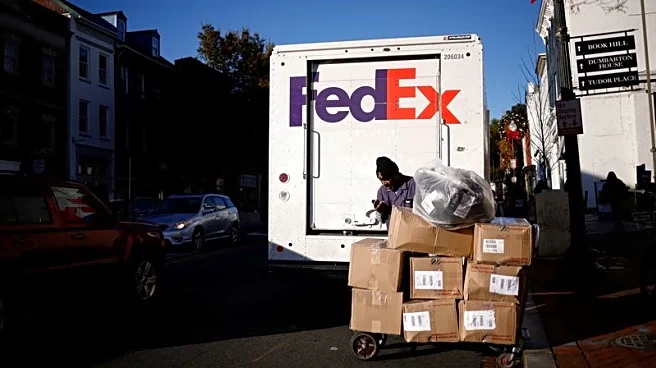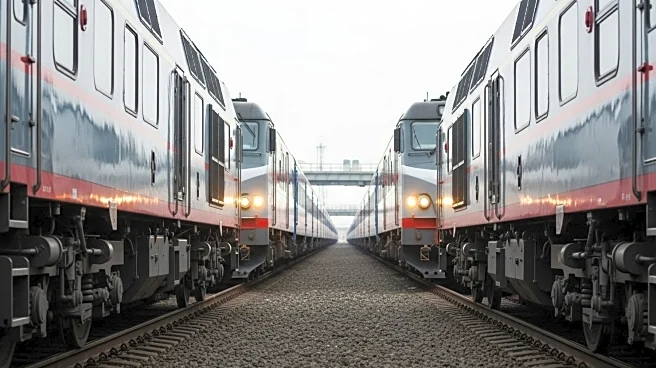What's Happening?
On July 31, 2025, President Trump signed an Executive Order modifying reciprocal tariffs, effective August 7, 2025. This order imposes increased tariffs on importers, ranging from 10% to over 40%. The order includes a narrowly defined in-transit exception for shipments loaded before August 7th and entering the U.S. before October 5, 2025, maintaining the pre-existing 10% tariff. However, goods transshipped or transferred to different vessels after departure are subject to the full tariff. The U.S. Customs and Border Protection (CBP) is authorized to impose an additional 40% tariff on goods suspected of illegal transshipment to falsify the country of origin (COO). This raises compliance risks for shippers and cargo owners relying on multi-leg vessel routing.
Why It's Important?
The modification of reciprocal tariffs by President Trump has significant implications for U.S. importers and the broader supply chain. The increased tariffs could lead to higher transportation costs and compliance risks, affecting procurement and customs operations. Importers must ensure accurate COO declarations to avoid penalties and additional tariffs. The CBP's aggressive enforcement policy signals a low tolerance for tariff evasion, potentially impacting the financial stability of importers and their supply chain partners. This development requires importers to implement robust internal controls and operating procedures to mitigate risks and ensure compliance.
What's Next?
Importers and supply chain participants must closely monitor regulatory changes and enforcement policies to align sourcing, pricing, and compliance strategies. Maintaining accurate records, including COO documentation and vessel loading records, is crucial to withstand potential audits. Collaboration with shippers, customs brokers, and logistics providers is essential to ensure compliance and visibility in shipment routing. As the impact of reciprocal tariffs becomes more pronounced, stakeholders must adapt to the new tariff regime and develop strategies to manage increased costs and compliance risks.











